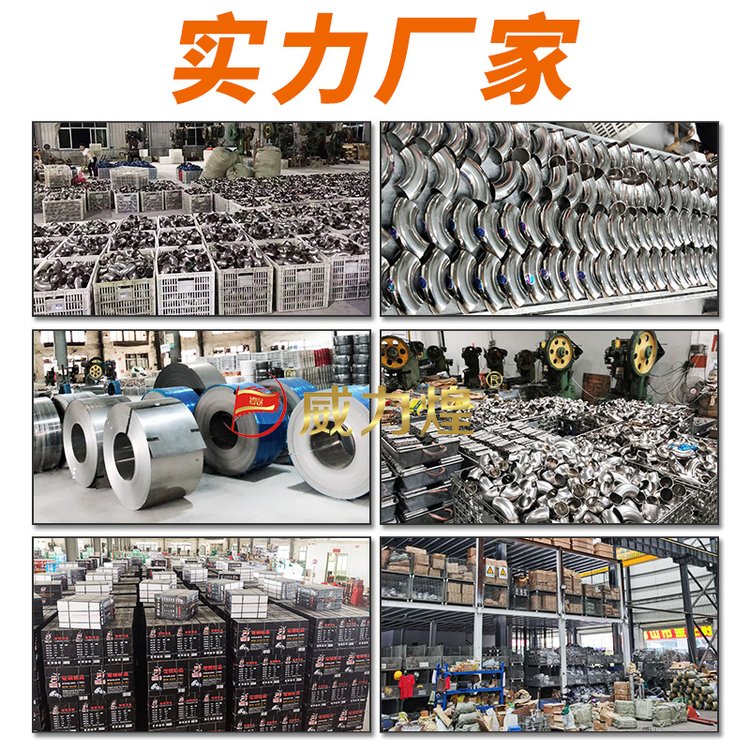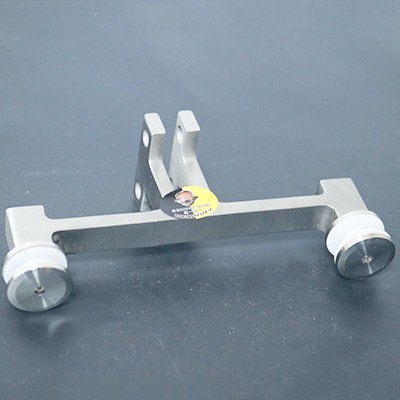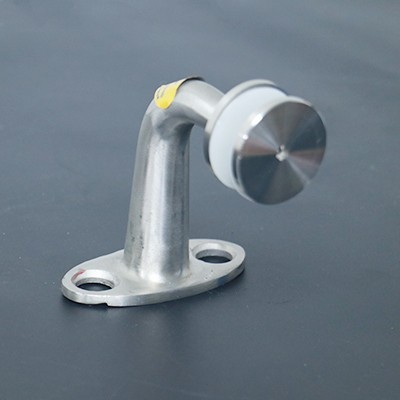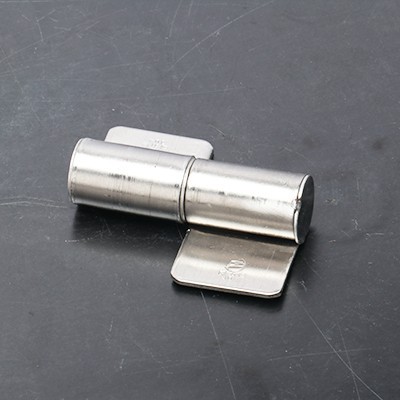Introduction to the conditions and Characteristics of sequential solidification of stainless steel parts: The solidification of steel castings can be summarized into two methods: sequential solidification (also known as directional solidification) and simultaneous solidification. The following studies respectively the conditions for achieving sequential solidification and simultaneous solidification, their respective characteristics, and the scope of their applications.
The solidification of steel castings can be summarized into two methods: sequential solidification (also known as directional solidification) and simultaneous solidification. The following studies respectively the conditions for achieving sequential solidification and simultaneous solidification, their respective characteristics, and the scope of their applications.
Sequential solidification
As the name suggests, "sequential solidification" means that the solidification process of the casting proceeds in a certain order. Usually, the casting structure cannot meet this requirement. Various technological measures should be taken to form a temperature difference that increases progressively towards the riser when the casting solidifies. The part far from the riser has the lowest temperature and solidifies first. The closer to the riser, the higher the temperature and the slower the solidification. The temperature is the highest at the riser and it solidifies finally. In this way, the shrinkage cavities in the castings can be moved to the risers, ensuring the acquisition of steel castings without shrinkage cavities.
The principle of sequential solidification is now illustrated by using stepped steel castings, as shown in the figure2-1. This casting is composed of three parts with different thicknesses.1,2,3The thickness of some walls increases successively. This structure makes its solidification directional, with the thin walls solidifying first and the thick walls solidifying last. The directionality of sequential solidification is strengthened through the arrangement of the gating system and risers. Molten steel is injected through the riser and flows from the thick part of the casting to the thin part. The thin-walled area far from the riser cools down the most and begins to solidify first. The mold near the riser is heated by the molten steel and is relatively thick, which ensures that the molten steel temperature is the highest near and inside the riser. Therefore, sequential solidification is formed, with the area far from the riser solidifying first and the riser solidifying last.
The sequential solidification method can fully leverage the function of risers, prevent shrinkage cavities, and is particularly effective in preventing axial shrinkage porosity. For steel castings where shrinkage porosity is not allowed, such as cylinders
This solidification method is adopted for important steel castings such as the body, valve body and gears.
Steel castings that solidify sequentially have large temperature differences among various parts and are prone to thermal cracking during the solidification period. After solidification and cooling, due to the large temperature difference, significant casting stress is prone to occur, causing cold cracking and deformation. So for the carbon content in0.45%For the above-mentioned carbon steel castings, low alloy steel castings, especially high alloy steel castings, due to the large shrinkage of the steel alloy itself or the complex shape of the casting, measures should be taken in the process to prevent the possible tendency of hot cracking, cold cracking and deformation of the casting.
Due to the need to achieve sequential solidification, risers need to be placed on the castings, which increases the complexity of the casting process, the amount of molding labor, the consumption of molten steel, and the procedure of removing risers.

Foshan Weilihuang Trading Co., Ltd. is a leading manufacturer specializing in the production and sales of international and domestic stainless steel hardware accessories and its own brands. The company is located at Tianjinli Hardware Accessories Center, Lanshi 2nd Road, Chancheng District, Foshan City, Guangdong Province8seat10-12The number (i.e., the main entrance of the market) has an abundant supply of goods, a complete range of varieties, wide coverage, favorable prices, and stable and superior quality!
The company uses high-quality stainless steel and exquisite craftsmanship to ensure there are no weld marks at the interfaces. Its products feature novel designs, elegant craftsmanship, and long-lasting durability. The company has always adhered to the principle of quality first and reputation first. It is equipped with mature production facilities and has strong technical strength, thus ensuring the quality of its products. The company is willing to make unremitting efforts to join hands with our customers to create a win-win situation and provide high-quality products for our partners.





 +86 189-2994-8884
+86 189-2994-8884  +86 40000 18348
+86 40000 18348 workweixine4959b@www.wlh348.com
workweixine4959b@www.wlh348.com Building K, Jinguagang Ceramic Market, Shiwan Street, Chancheng District, Foshan, China
Building K, Jinguagang Ceramic Market, Shiwan Street, Chancheng District, Foshan, China
 Wechat QR code
Wechat QR code Mobile phone QR code
Mobile phone QR code Wechat official account
Wechat official account